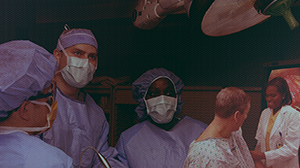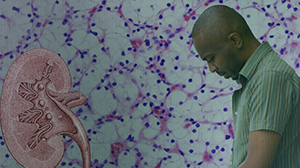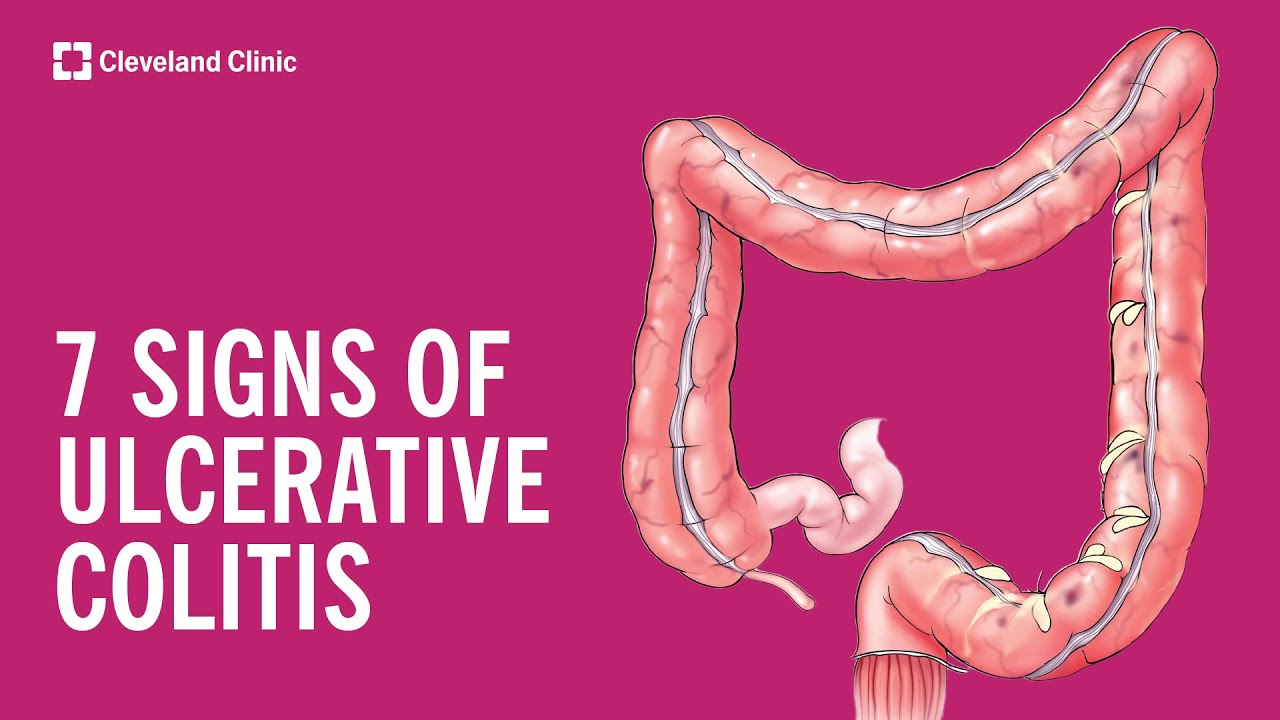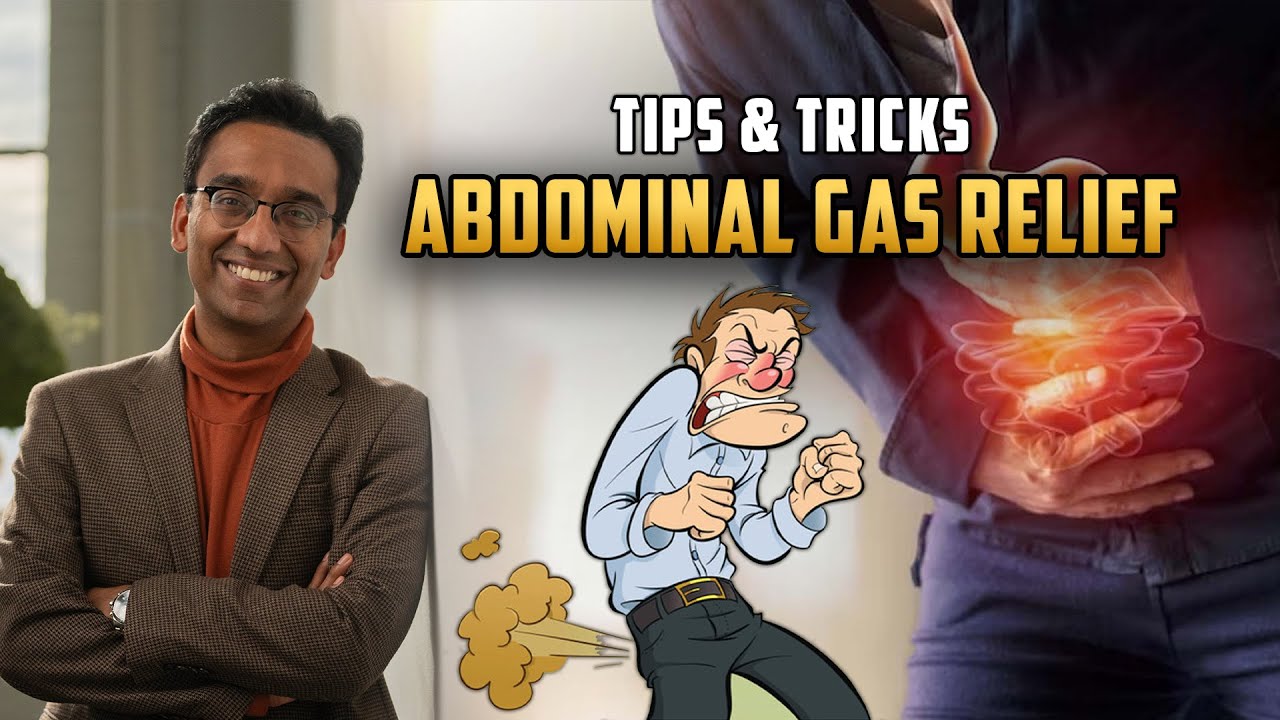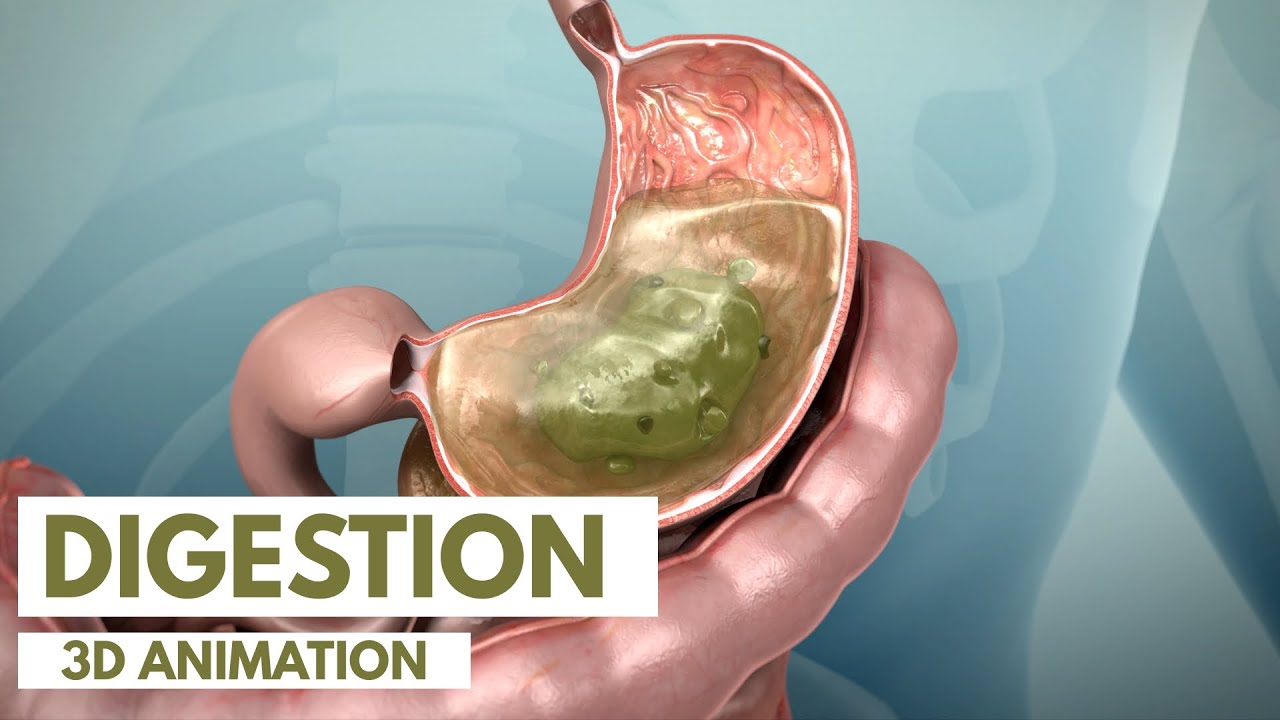The Reuters Health • The Doctor's Channel Newscast Channel
NEW YORK (Reuters Health) – Earlier tracheostomy improved outcomes in patients who needed prolonged mechanical ventilation after cardiac surgery without increasing the occurrence of mediastinitis, clinicians from Ohio’s Cleveland Clinic found in a look-back study they performed.
“In this select patent group, tracheostomy before postoperative day 10 may confer benefit,” Dr. C. Allen Bashour, associate medical director of the Clinic’s Cardiovascular ICU, told Reuters Health by email.
The best time to perform tracheostomy in this patient population remains unclear, Dr. Bashour and his colleagues note in the Journal of the American College of Surgeons online. Although tracheostomy is “conventionally” considered in patients who are ventilator dependent 2 weeks after cardiac surgery, there is little evidence to support this approach, they say.
To determine if earlier tracheostomies improve outcomes, they compared postoperative morbidity and in-hospital mortality in propensity-matched cardiac surgery patients who had tracheostomies before the 10th and between the 14th and 28th postoperative days. There were 114 patients in each group. To ensure “distinct management groups,” they excluded patients who had tracheostomy on the 10th through 13th days.
Dr. Bashour and colleagues report that fewer patients in the early management group died in the hospital (21.1% vs 40.4%; p=0.002). Cardiac-related morbidity was also lower in this group (14.0% vs 33.3%; p<0.001).
The early tracheostomy group spent less time in the ICU (7.2 days median difference, p<0.001) and therefore was less apt to develop ICU-associated infectious complications, the investigators note.
They had lower rates of bacteremia (41.2% vs 64.9%, p<0.001), overall infection (68.4% vs 84.2%, p=0.005), septic shock (7.0% vs 18.4%, p=0.010), sepsis syndrome (30.7% vs 48.3%, p=0.007), acute respiratory distress syndrome (7.0% vs 20.2%; p=0.004) and multisystem organ failure (19.3% vs 35.1%; p=0.007).
The occurrence of pneumonia was similar in each group (55.3% vs 62.3%; p=0.28), but aspiration pneumonia was less common in the early group (3.5% vs 11.4%; p=0.023). Seventeen (85%) of the 20 patients who did develop aspiration pneumonia did so before the tracheostomy.
The occurrence of deep sternal would infection (mediastinitis), which the authors note has been a “major concern for early tracheostomy because of the close proximity of the tracheostomy site and the most cephalad aspect of the healing sternotomy,” did not differ between the early and late group (3.5% vs 7.0%; p=0.24). The occurrence of superficial sternal wound infection was lower in the early group (6.0% vs 19.5%; p=0.009).
The authors note that most of the tracheostomies in the early group were performed on or after day seven. “By this time the anterior mediastinal tissue planes are healing and beginning to be well separated from the tracheotomy site.”
The researchers note in their paper that while their study is larger than many previous studies, the statistical power “remains limited for detecting subtle differences between groups. Most of the observed differences were far from subtle, though, and were highly statistically significant.”
“This work alone,” Dr. Bashour told Reuters Health, “does not necessarily support a call for a change in current practice, but it does support the idea that there may be benefit if tracheostomy is considered earlier in this patient group.”
“Our results are consistent with those from previous literature demonstrating the benefits of early tracheostomy, and suggest that early tracheostomy should be considered when prolonged intubation is anticipated after cardiac surgery,” the authors conclude in their paper.
SOURCE:
Early Tracheostomy Is Associated With Improved Outcomes in Patients Who Require Prolonged Mechanical Ventilation after Cardiac Surgery
J Am Coll Surg 2012.

